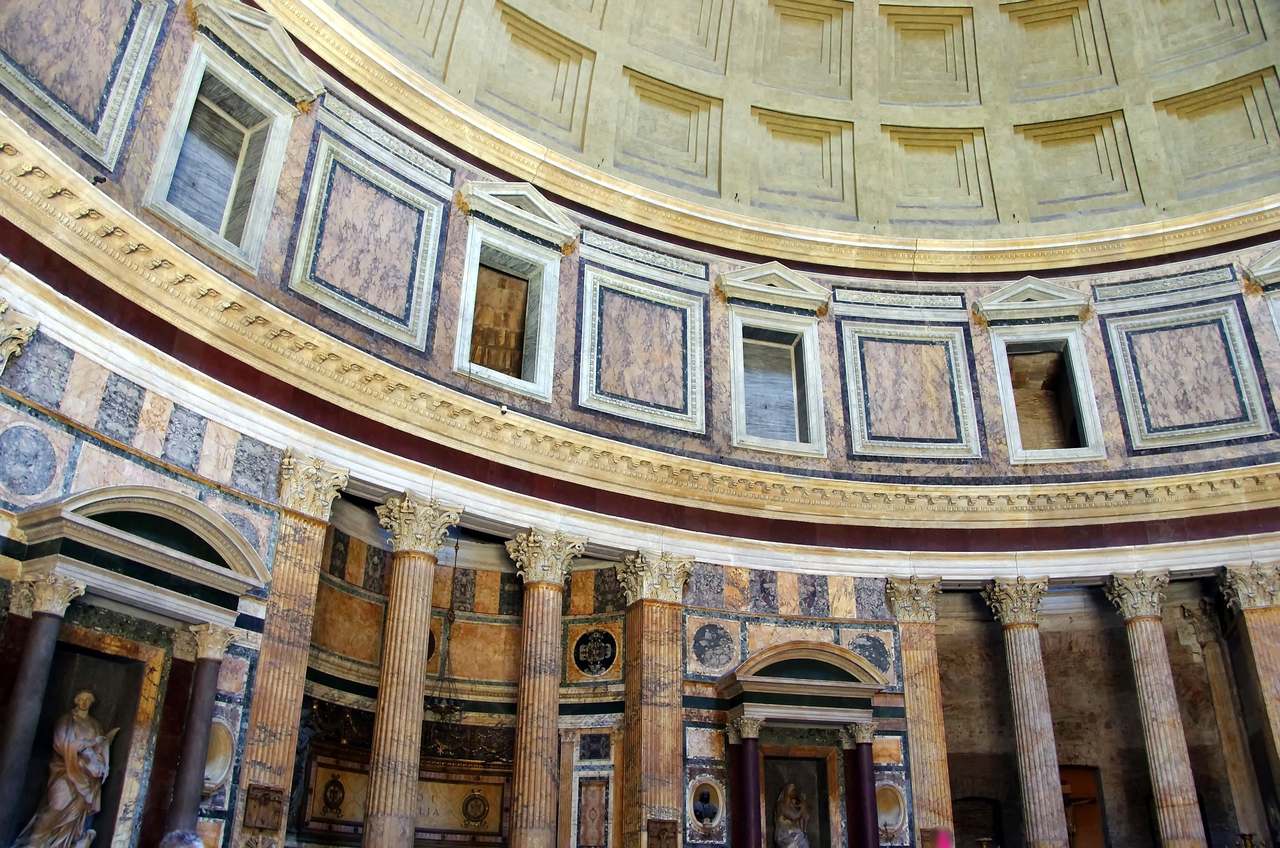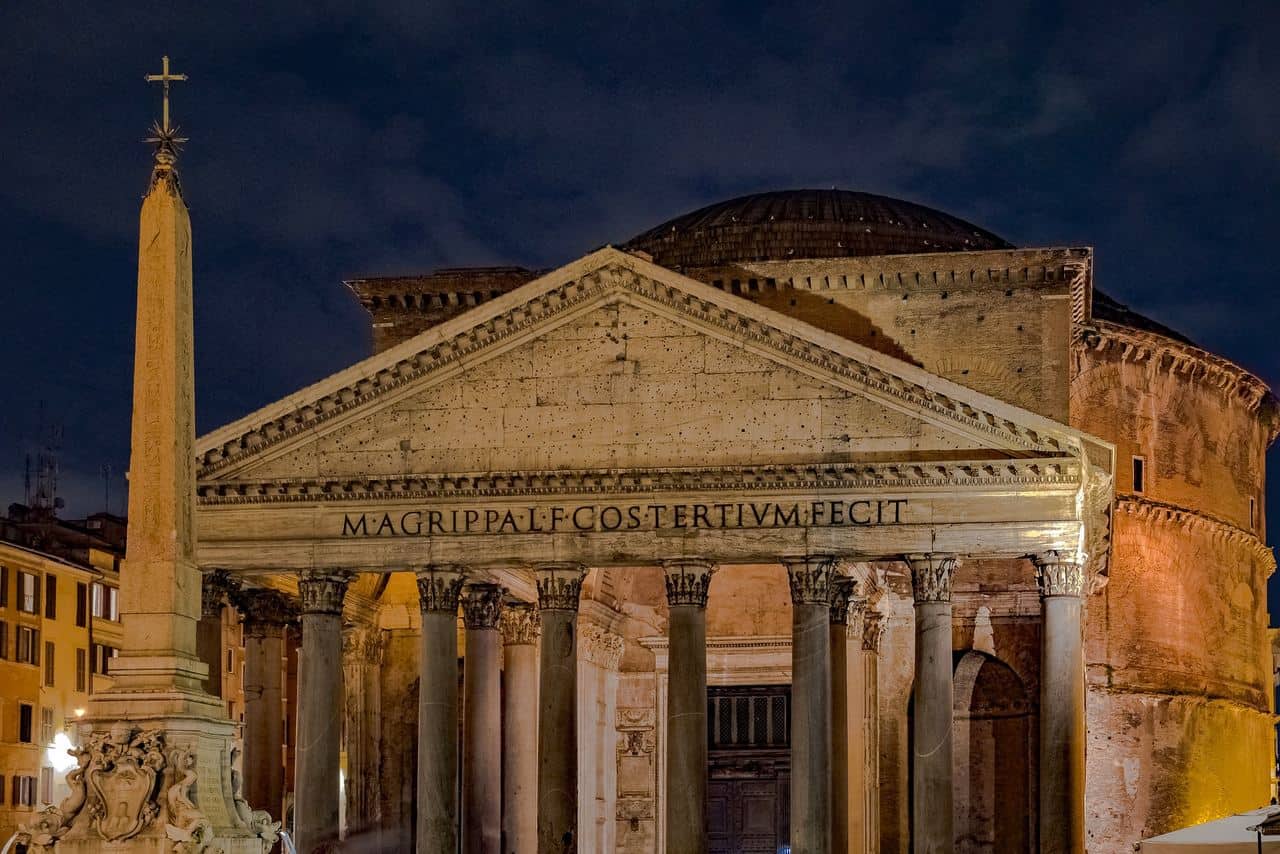The Pantheon – the work of angels, not men” is Rome’s most popular cultural site and soon will no longer be free to visit.
3
Rome’s 2,000-year-old iconic Pantheon, once described by Michelangelo as “the work of angels, not men”, is Italy’s most visited cultural site. The word pantheon means ‘of all gods’ and has always been free to enter. Millions of tourists could just drop in and admire its exquisite coffered dome, the biggest in the world.
That privilege is soon to be taken away when a charge of €5 (£4.40/$5.28) entrance fee will be imposed.
The decision to make the charge to visit this former Roman temple was agreed upon by the church and cultural officials and described by the Italian culture minister Gennaro Sangiuliano as a matter of “good sense.” The spoils will be split, with the culture ministry receiving 70% and the Rome diocese 30%.
So far no start date has been given but when it does come into force it won’t apply to everyone. The fee is waived for locals, anyone under the age of 18 years old, as well as teachers accompanying school groups.
Tourists under 25 will only have to pay €2 to enter. The Pantheon is still regularly used for Mass, which will remain free for attendees.
Note: In the meantime, reservations to visit are required on weekends and public holidays.
About the Pantheon
The monumental Pantheon looks imposing with its grand columns and massive dome. It was built by Hadrian probably in the second century and is the most preserved cultural site not only in Italy but in the world.
Its long history has seen it being used as a temple for Roman gods, then transformed in 609 into a church dedicated to St Mary and the Martyrs. Today the Pantheon is managed by the Ministry of Cultural Heritage and millions of tourists visit each year.

The Pantheon features an ancient Roman marble floor, Renaissance frescoes and paintings, and an awesome unreinforced concrete dome with a diameter measuring 43.44 metres. There is only a single source of external light that enters through the oculus – an opening of nine meters wide at its top. Sunlight streaming through the oculus beautifully illuminates the Pantheon rotunda. It lets in rain but this is drained by 22 small holes in the marble
This is where Raphael, the famous Renaissance painter is interred.
Dress Code
The Pantheon is a church and the etiquette around what to wear includes covered arms (this could be a pashmina) and no bare legs i.e. shorts or mini skirts.
More info about Rome’s Pantheon here.

